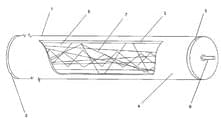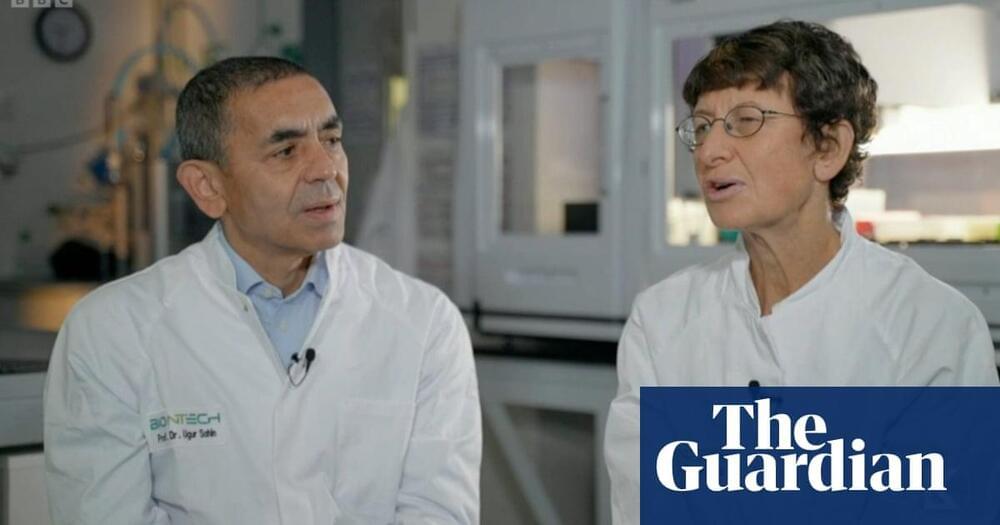The just-issued World Robotics Report announced an all-time high of 517,385 new industrial robots installed in 2021 in factories around the world, representing 31% year-on-year growth. That brought the current stock of operational robots around the globe to about 3.5 million, a new record.
This robot record was reached half a century after the development of SHAKEY, the world’s first “mobile intelligent robot.” According to the 2017 IEEE Milestone citation, it “could perceive its surroundings, infer implicit facts from explicit ones, create plans, recover from errors in plan execution, and communicate using ordinary English.
The robot that was going to start the Third Industrial Revolution.









